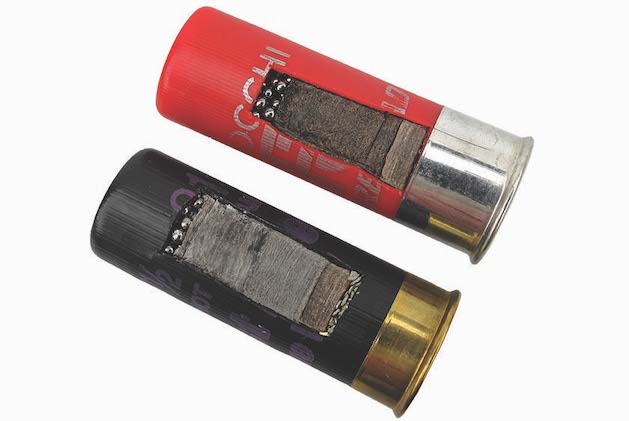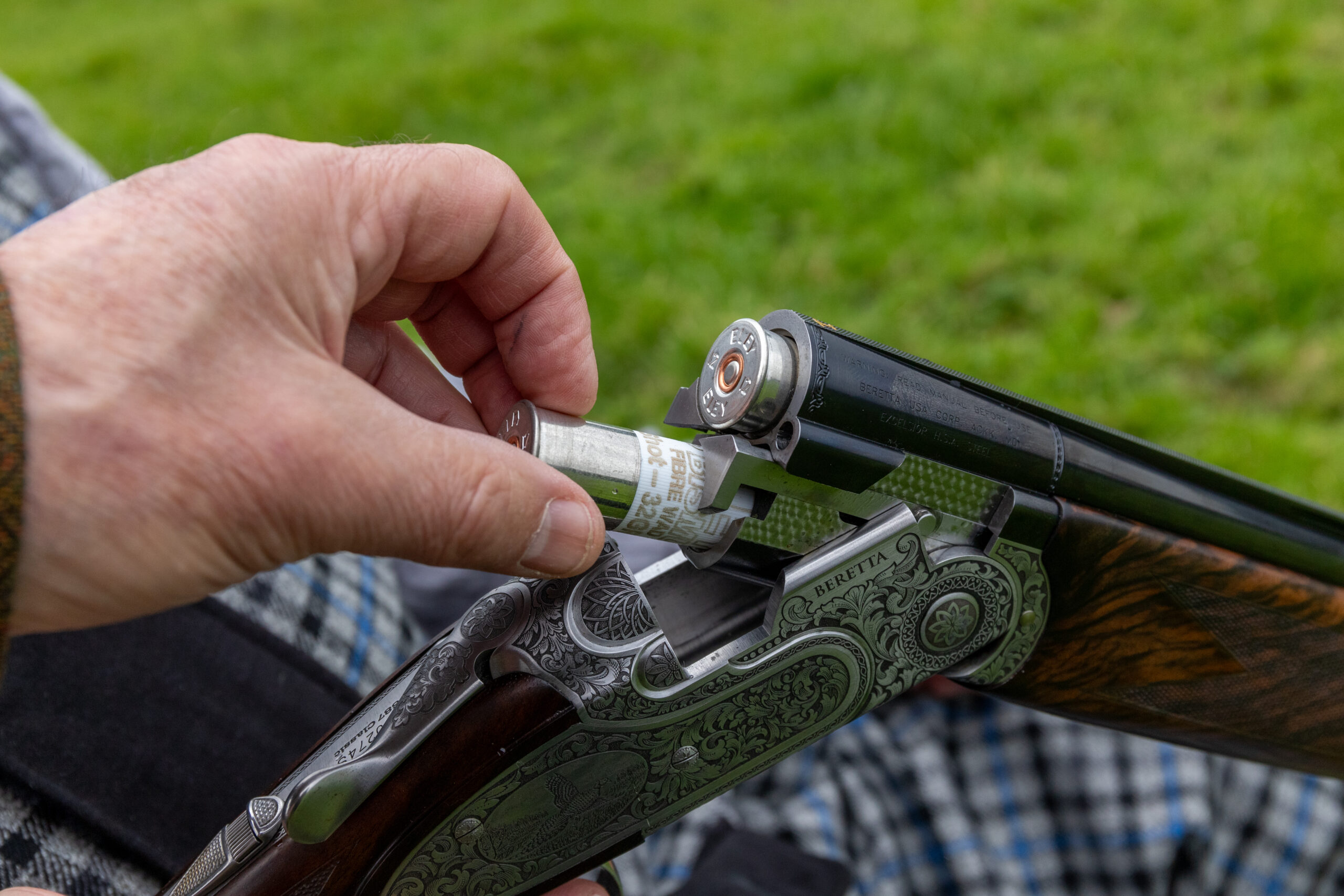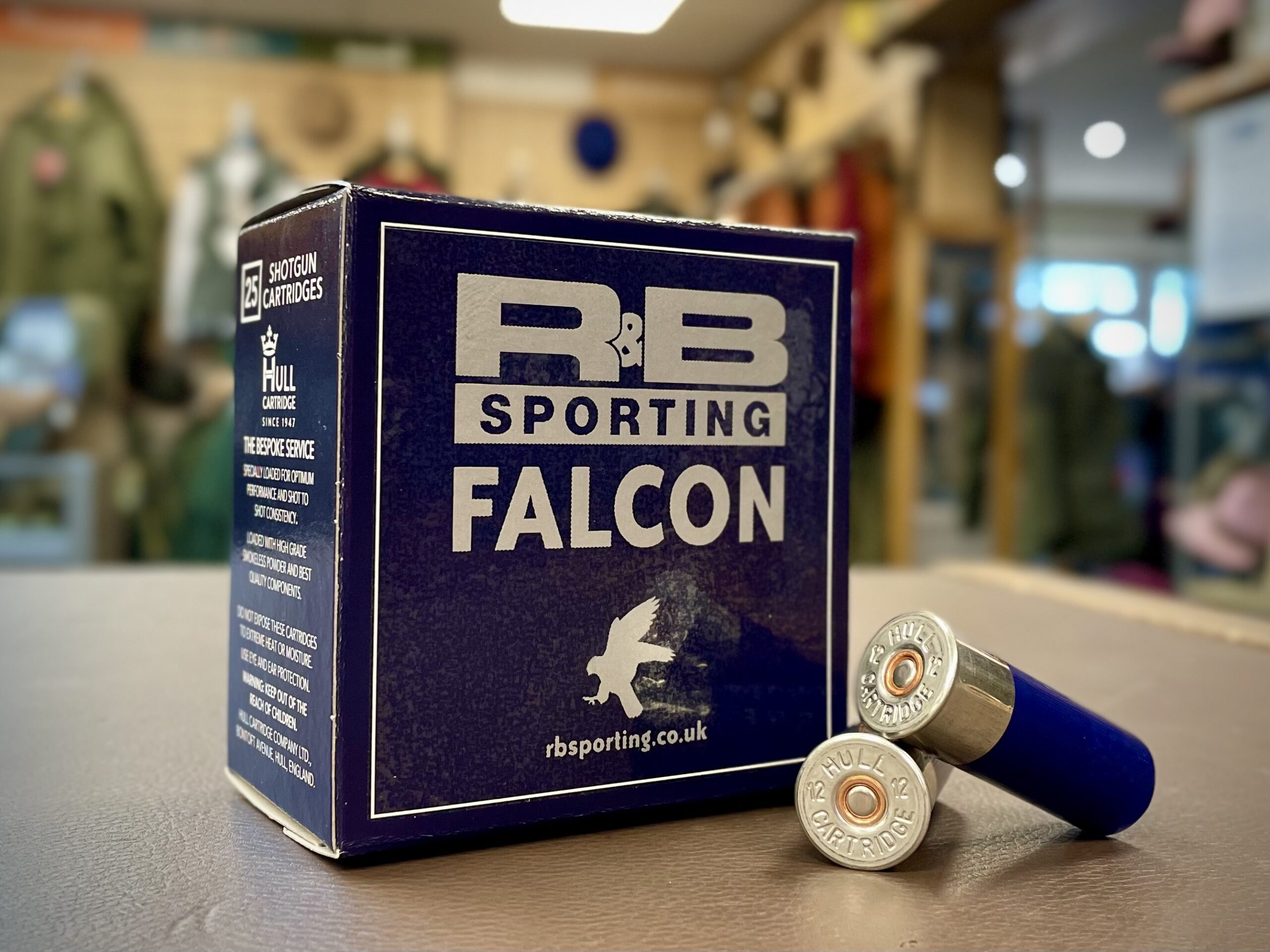Sourcing biodegradable wads: Alasdair Mitchell is on the case
A likely ban on lead shot means the search for a viable alternative has accelerated but sourcing a biodegradable wad is another problem

Eley First and Fiocchi F3 fibre wad cartridges
One day, in my dim and distant youth, I noticed a wisp of fishing line hanging from the mouth of my sister’s horse. My blood froze as I recalled that I had been practising my fly casting on the lawn next to the paddock. Full of trepidation, I gently grasped the end of the line, while making comforting noises to the animal. Thankfully, it soon became clear that there was no hook on the end. The monofilament tippet slid out easily, all 3ft of it.
The fact that grazing livestock will chew and sometimes ingest non-food objects is well known. Some horses have a habit of gnawing on wooden rails and are known as ‘crib-biters’. Deer will chew shed antlers. Both deer and cattle like nibbling at bones, which seldom causes them any problems unless a shard gets stuck in their mouth. Sheep have a predilection for chewing plastic cable ties and baler twine.
You can see why farmers don’t want plastic shotcups littering their land. Plastic is a pollutant that exudes nasty chemicals and lasts for hundreds of years. And the smaller the particles it breaks into, the more harm they can do. Plastic shotgun wads are almost impossible to retrieve from the countryside. To some environmentalists, such single-use plastic is equally as bad as lead.
So-called ‘plaswads’ become popular a few decades ago, partly because they were cheap but also because they gave tight patterns. I can even remember buying specialist cartridges whose lead shot was ‘buffered’ by tiny granules of plastic — a veritable microplastic mini-nuke. Today, most game shoots insist on fibre wads.
With the long-predicted legal ban on lead shot now in sight, the market for non-lead alternatives has been unleashed. The development of non-lead ammo had already been boosted by the prescient decision of the shooting organisations to make a voluntary move away from lead. (Read will my shotgun be safe with steel cartridges?)
Fibre wads
Steel shot requires a shotcup, to keep the stuff away from barrel walls, and we’ve seen the advent of shotcups made from biodegradable components, called bio-wads or eco-wads. Increasingly, we see different designs of eco-wad being rated on how fast they break down. I have heard of shoots banning a brand because it is said to take up to two years to compost, which was seen as too long. Others are favoured because they take only a few weeks or months.
The yardstick by which the breakdown of new eco-wads is being measured is the traditional fibre wad. Yet how long does a fibre wad actually take to disappear? In some conditions, it can take many months, I believe. And consider this: a handful of fibre wads looks remarkably similar to a handful of cattle cubes or ewe rolls.
The key benefit of fibre wads is that they biodegrade into harmless organic compounds. Even if they get chewed by livestock, they won’t cause harm, provided they don’t cause a physical obstruction. But exactly the same could be said of eco-wads, some of which might biodegrade even faster than fibre. Are we placing too much emphasis on how long an eco-wad remains recognisable to the human eye?








